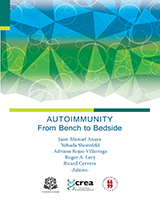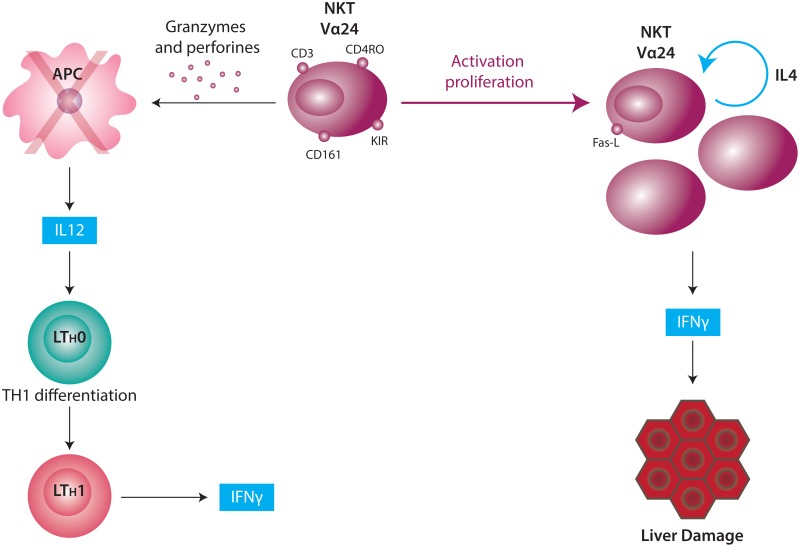From: Chapter 31, Autoimmune hepatitis

Autoimmunity: From Bench to Bedside [Internet].
Anaya JM, Shoenfeld Y, Rojas-Villarraga A, et al., editors.
Bogota (Colombia): El Rosario University Press; 2013 Jul 18.
© 2013 Universidad del Rosario.
NCBI Bookshelf. A service of the National Library of Medicine, National Institutes of Health.
